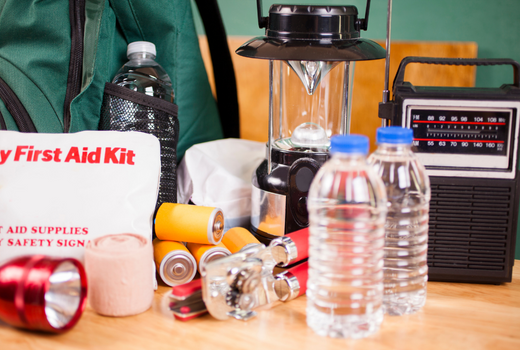Emergencies can strike without warning, and it's important that you and your family know what you will do. It is crucial to be prepared and having a written and practiced plan can help:
- at home
- at school
- at work and
- in your community.
Emergency REDiPlan
When you prepare a household emergency plan we recommend you follow the Australian Red Cross 4 step Emergency REDiPlan.
Step 1: Be informed
Step 1: Be informed
Take an all-hazards approach to preparedness. We encourage you to understand your environment and all potential threats.
Learn about sources of information or help in an emergency.
Step 2: Make a plan
Step 2: Make a plan
Cover your household procedures for both evacuation and staying at home, considering both short-term requirements and longer-term needs like insurance cover and financial security.
Your underlying premise: 'protect what's important to you'.
Step 3: Get an emergency kit
Step 3: Get an emergency kit
From survival essentials to passports and photographs, look for advice on useful items to keep handy in case of emergency.
Step 4: Know your neighbours
Step 4: Know your neighbours
Research shows that people who feel part of their community are more likely to be prepared for, and to help each other in, an emergency. We encourage simple community-building exercises to help you get to know your neighbours.
Preparing a bushfire emergency plan
Make sure you are familiar with bushfire planning and have a bushfire fire plan prepared should you need it. Visit the CFA Victoria website, which also has information on pets and bushfires.
The Victorian Multicultural Commission has collated a range of bushfire safety information available in other languages.

